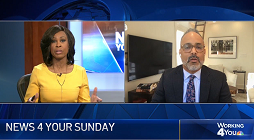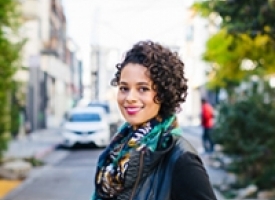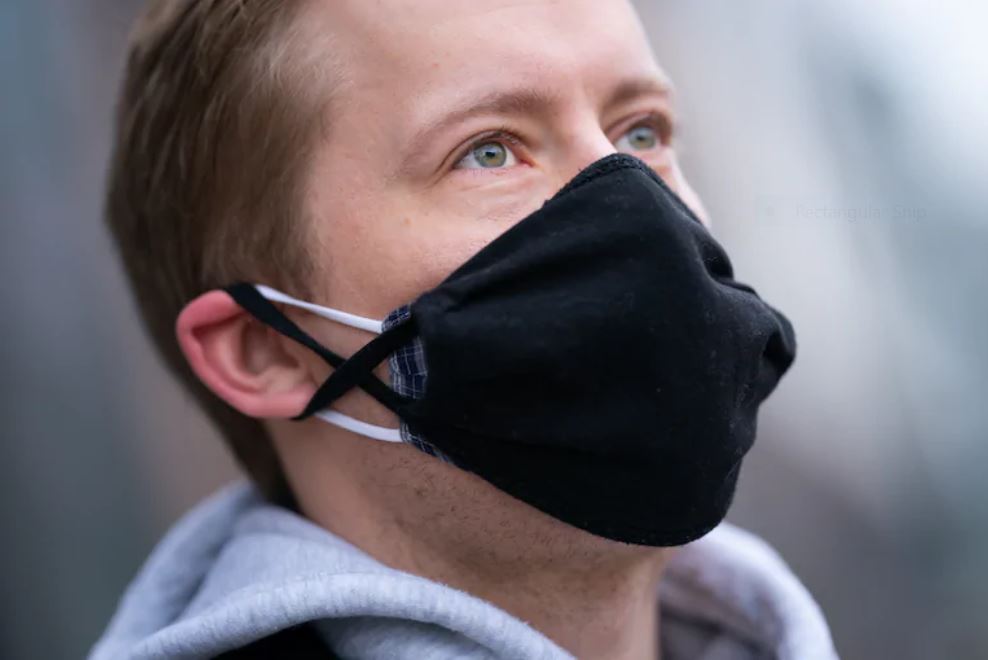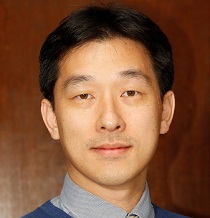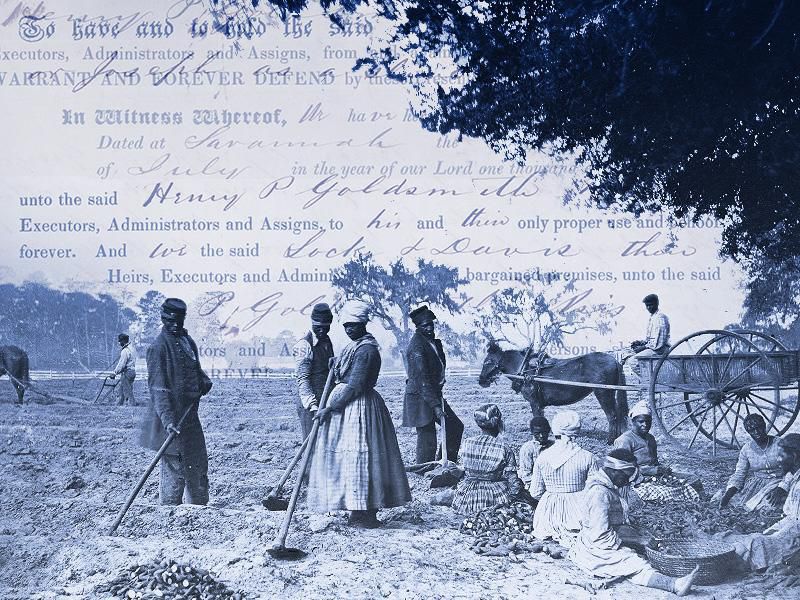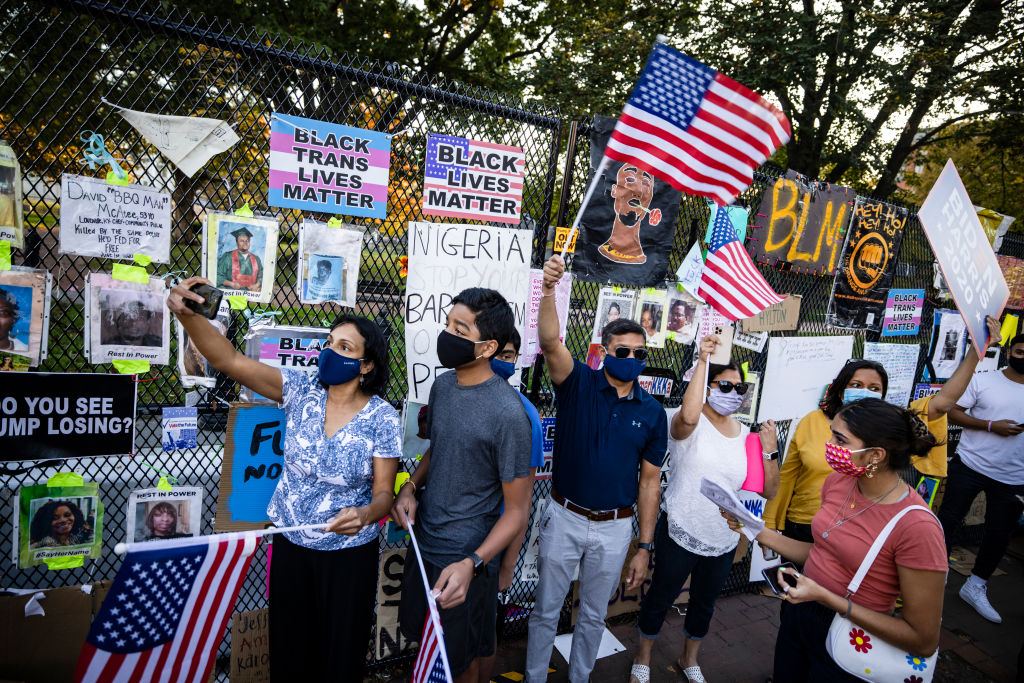When the Arab Spring movements erupted in at least six Arab countries in 2011––Tunisia, Egypt, Libya, Yemen, Syria, and Bahrain––they were accompanied by high hopes and aspirations in a new era of democratization and reform, with the potential of transforming the region politically, economically, and socially. However, a decade later, a lot has changed in the region, albeit in largely unpredictable and undesirable directions. While Tunisia has been a notable exception, the outcomes have been devastating, including civil war and a massive humanitarian crisis in Syria, factional strife and state absence in Libya, a ruthless war and violence in Yemen, a crushed uprising in Bahrain, and relapse to a harsher military dictatorship in Egypt.
Likewise, overconfidence also faded in the democratizing potentials of the media, in general, and social media, in particular, to the extent of naming the uprisings “Tunisia’s Twitter uprising,” “Egypt’s Facebook revolution” and “Syria’s YouTube uprising.” This left behind a highly ambivalent and paradoxical media landscape the shape of which was reflected recently in the seventh annual Arab Opinion Index (AOI) that was conducted by the Arab Center for Research and Policy Studies in Doha, Qatar, in face-to-face interviews with over 28,000 respondents in 13 Arab countries. The survey showed important shifts in Arab public opinion trends toward highly intertwined political, economic, and social transformations, including shifts in media consumption patterns.
Media Use and Restrictions
The 2019-2020 index revealed a number of important findings pertaining to the various sources of news and information in the Arab region, including a significant jump in the reliance on the internet, which reached 73 percent of total respondents. The results show a continuing, statistically significant increase in internet penetration in the Arab region over the last nine years.
This is accompanied by an increase in the proliferation and usage of social media applications in the Arab world, with 86 percent having accounts on Facebook, 84 percent on WhatsApp, 43 percent on Twitter, 56 percent on Instagram, and 44 percent on Snapchat. This indicates that despite their politicization during and after the Arab Spring uprisings, the primary motive behind the popularity of social media remains building social networking and maintaining connections.
When the Egyptian revolution erupted in January 2011, there were many Egyptians in Tahrir Square who had never heard of Facebook before. The same could be said about other Arab countries.
When the Egyptian revolution erupted in January 2011, there were many Egyptians in Tahrir Square who had never heard of Facebook before. The same could be said about other Arab countries, especially in rural and remote areas, outside of capitals and big cities, and among older generations. However, just as a trickle-down effect of civic engagement and political activism took place from the younger, more educated, and upper middle-class elites to the grassroots level and the wider public, there developed more reliance on new media tools and technologies. Even those who lacked the necessary technological tools or digital literacy skills were able to rely on more technologically-savvy, younger generations to help them access digitally mediated information.
But with the increasing affordability and availability of mobile devices, especially mobile phones which increasingly became essential elements of media consumption in the Arab world, the technology deficit was addressed. Those who had limited digital or alphabetical literacy or suffered from poor infrastructure, including limited internet access and unreliable connectivity, or both, could enjoy a new window to see the world. This is one valid explanation for the increased access to, and reliance on, social media applications in the Arab world in recent years, despite the persistence of serious challenges in this region, including high illiteracy rates in some countries, limited economic resources, and poor infrastructure.
Furthermore, fundamental changes have appeared over the past nine years in the sources for political news, with an increase in the use of the internet over television. Significantly, 35 percent of the respondents in the AOI survey rely on the internet for political news, which is a sevenfold increase since 2011 as reliance on television decreased over the same period. Moreover, 80 percent reported using social media for news and political information, while 61 percent use them to express their views and interact with political issues in their societies. This increased reliance on the internet, especially for the purpose of obtaining political information, could best be explained in light of the outcomes which emerged in the media landscape in post-Arab Spring countries, except Tunisia, where the relapse of the calls for democratization gave birth to a highly fragmented, polarized, and stifled media landscape under authoritarian rule, albeit in different forms and to varying degrees.
The heightened patronization and politicization of the media by the regimes, which largely exploited them as tools for public mobilization and swaying public opinion, strangled journalistic autonomy, freedom, and professionalism.
The heightened patronization and politicization of the media by the regimes, which largely exploited them as tools for public mobilization and swaying public opinion, strangled journalistic autonomy, freedom, and professionalism. They also eroded the public’s trust in mainstream media and diminished the latter’s credibility. Some of the examples of tightening governmental control over the media landscape in the Arab world include direct and indirect censorship, ownership, sponsorship, and the enforcement of cybercrime laws which could criminalize any type of content that is not pre-approved or authorized by the regimes. In that way, journalists are at risk of losing their jobs, freedom, or, in some cases, even their lives. Official government media regulatory bodies have also been established to control, screen, and approve the media’s content. Thus, the ultimate outcome is to seek alternative platforms for gathering information, in general, and political information, in particular.
Cautionary Notes about Social Media
When looking at the results of the Arab Opinion Index, however, it is important to show adequate caution about the social media’s role in the Arab world, and to interpret them within the right context, while avoiding the temptation of being overly optimistic about them.
First, 48 percent of the surveyed respondents still rely on television channels for political news coverage, followed by the internet (at 35 percent). Despite the increase in the use of the internet to obtain political information and the decline in television viewership for the same purpose, television still remains the primary source of political news and information in the Arab world. Some factors behind that include the high rates of alphabetical and digital illiteracy, economic constraints, and infrastructural challenges to cyber services which still hamper internet penetration, accessibility, and affordability in many parts of the region.
Second, while many sources on the internet are news sites, including national and satellite television channels and newspapers, the shift has only been in format, or the mode of transmission, instead of the content and its source. This is merely the result of change in the media landscape which is becoming increasingly more electronically based and digital. In other words, with the exception of independent, opposition-oriented, social media sites, many venues of delivering news and information electronically are largely echoing, or even replicating, the same content which is transmitted via mainstream media, whether print or broadcast, albeit in an electronic, digitalized format.
Perplexing Paradoxes
The findings of the AOI 2019-2020 survey also point to a number of anomalies.
First, it would be a mistake to correlate increased reliance on social media to obtain political information and express political views online with an actual increase in freedom of expression and the ability to criticize repressive regimes. It would also be hard to think of increased digital media as reflecting added political participation and civic engagement. As the findings of the AOI survey reveal, 30 percent of Arabs said it was impossible to criticize their own governments without fear of retribution. Additionally, only 11 percent reported belonging to a political party, 16 percent to civil society or voluntary organization, and a high 61 percent said they either do not affiliate with a political party or don’t think that their views are represented by any existing political group.
It would be a mistake to correlate increased reliance on social media to obtain political information and express political views online with an actual increase in freedom of expression and the ability to criticize repressive regimes.
There is also evidence of increased political apathy, with 46 percent saying they do not want to participate in elections, compared to only 27 percent in similar surveys in 2011 and 2013. Moreover, 28 percent said that they are “completely unconcerned” about politics in their countries. In other words, the anomaly here is that just as cyberactivism did not result in effective democratization, the increased access to, and consumption of, political news did not automatically result in increased political activism either, especially because of the absence of effective democratic transitions and their derailment, failure, and relapse in the aftermath of the Arab Spring. Another important lesson is that the utilization of social media and the easy access to news and information could not compensate for the absence of civic engagement, a vibrant civil society, and democratic mechanisms, nor are they sufficient to create them.
Second, the AOI 2019-2020 findings highlighted another anomaly; increased repression in Arab countries resulted in heightened activism in Arab diaspora communities instead of in the homeland where it is more needed and necessary. Respondents from countries that have high rates of political repression, highly restrictive public spheres, and much stifling of freedom of expression, such as Saudi Arabia and Egypt, reported following political news the least. But this repression resulted in the creation of activist diaspora personalities, such as the cases of the Egyptian whistleblower Mohammed Ali, the murdered Saudi Washington Post columnist Jamal Khashoggi, and the outspoken young Saudi dissident Omar Abdel Aziz, to mention only a few.
In other words, increased repression gave birth to political apathy at home, on one hand, but inspired counter movements of resistance in the diaspora, on the other hand, using social media as their primary tools to exercise political activism and voice dissent. One point to bear in mind, however, is that these diasporic movements of resistance have limited effectiveness in bringing about political change or actual democratic transitions in their home countries due to their inability to trigger on-the-ground mobilization and coordination from afar through cyber activism efforts alone.
Third, the Gulf region, with its higher rates of technological savviness, economic affluence, infrastructural development, internet penetration, availability and accessibility, and younger populations scored low rates of interest in seeking political information via social media and expressing political views online. Clearly, the interest in politics and activism was most likely related to the political systems that control the region. As the index results convey, a staggeringly high 87 percent of Gulf respondents reported having Twitter accounts––Saudi Arabia is the eighth country in the world in terms of the number of users of the platform––yet they are the least to use social media to affect political issues and express political views online. This, again, could be attributed to high levels of apathy, repression, and authoritarianism that lead to equally high levels of self-censorship which, in turn, hamper the expression of oppositional political views out of fear of regime retaliation.
New Trends and Potential Future Developments
The current coronavirus pandemic has been accompanied by another equally devastating pandemic in the Arab world, namely regimes curbing press freedoms. The Arab world has been witnessing a dramatic surge in government control mechanisms and ‘digital authoritarianism’ as regimes exert relentless efforts to frame the narrative around the pandemic according to their own priorities, interests, and agendas, while vehemently resisting any counter narratives. These heightened government control mechanisms amid the pandemic include punitive measures, such as enforcing laws against “fake news”; suspending free speech; applying censorship; threatening, harassing, and jailing journalists and withdrawing their accreditation; restricting freedom of movement and access to information; expulsions and visa constraints; implementing surveillance and contact tracing tools; and exploiting emergency measures. It is, thus, safe to assume that the latest trends signal the continuation of an era of contestation between Arab regimes and their opponents, including journalists who dare to speak truth to power and to provide an alternative narrative different from the one propagated by their governments.
It is, thus, safe to assume that the latest trends signal the continuation of an era of contestation between Arab regimes and their opponents, including journalists.
Moving forward, it is expected that each party will sharpen its own set of tools, including the weaponization of social media which is likely to lead to an escalation in ‘digital authoritarianism,’ as Arab regimes continue to tighten their control mechanisms over mediated narratives. In contrast, there is likely to be an escalation in resistance as activists, dissidents, opponents, and journalists invent their own mechanisms to counter and resist the ongoing stifling of freedoms in the Arab world.
It would be enlightening to see how these new trends and developments, in the pandemic era and beyond, will be reflected in the findings of next year’s Arab Opinion Index as well as future surveys.
Dr. Sahar Khamis is an Associate Professor in the Department of Communication at the University of Maryland, College Park, with an expertise in Arab media. She serves on the Academic Advisory Board of Arab Center Washington DC.

